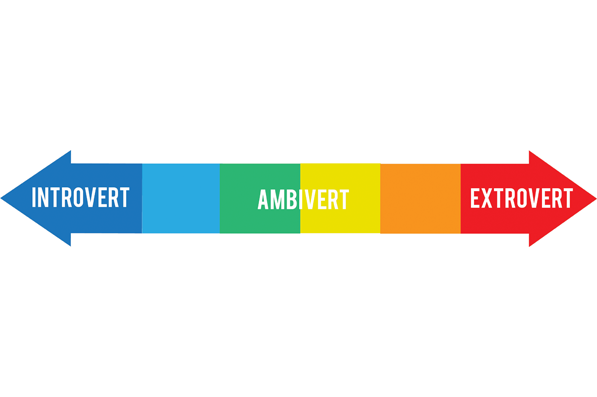“You’re going to need a bigger boat.”
Recognize that quote? I’m sure you do. It’s from one of Steven Spielberg’s most influential films, made in 1975: “Jaws.” Its place in this series of blogs is cemented by the fact that it received four Academy Award nominations and three wins (Best Editing, Best Original Dramatic Score and Best Sound). In addition to its recognition at the Oscar ceremony that year, the film is significant in its ability to entertain and its lasting effects on the film industry.
Essential to any movie-lover who has any interest in seeing the first “blockbuster” film, “Jaws” was a major box office hit and has gone down in history as one of the films that ended the New Hollywood era of film (characterized by movies with controversial, innovative new methods of storytelling like “Taxi Driver” and “Apocalypse Now.”). The fact that “Jaws,” a horror film so heavily moderated in advertising, themes and graphic content, was so successful encouraged filmmakers to move more towards the “blockbuster” style of movie production that we see every summer and winter.
Although “Jaws” is significant to film history and popular culture, its value to me lies in its entertainment value. The film’s just plain scary.
But it almost wasn’t.
According to director Steven Spielberg, the shark spent much of the filming process broken. Because of this, he was forced to get a lot of point-of-view shots in the eyes of the shark. This contributed to the eerie tone of the film, as well as the absence of the shark from view. You only actually see the shark beyond its fin a few times in the film. That’s where my favorite film composer of all time comes in.
The film’s legendary score was composed by none other than John Williams, responsible for the memorable scores of films such as the “Indiana Jones,” “Superman” and “Star Wars” franchises. His music in “Jaws” is an ominous, eerie tone that cues whenever the lethal creature is nearing its next unfortunate victim. This style, inspired by the works of film legend Alfred Hitchcock, established a pattern of foreboding terror in the audience that made the film much more intense.
While the mood and intensity is what captivated me most about the film, “Jaws” also has some memorable characters, like Quint, the hardened sailor that offers to kill the shark and brings a lot of background information to the table on the aggressive nature of the creatures, and offer some interesting dynamics to the average secondary characters and plot.
“Jaws” is a film not only important to individuals looking to learn more about the transition from one age of film to another, it’s just a great movie. It’s an excellent work that exemplifies the skills Spielberg, Williams and the cast and crew possess. It’s no wonder the “Jaws” style of horror has stayed preserved in popular culture for nearly 40 years and still has an excellent tonal and atmospheric quality that sinks even the best horror films today.
Mike Sullivan
Reporter and Movie Madness Blogger








